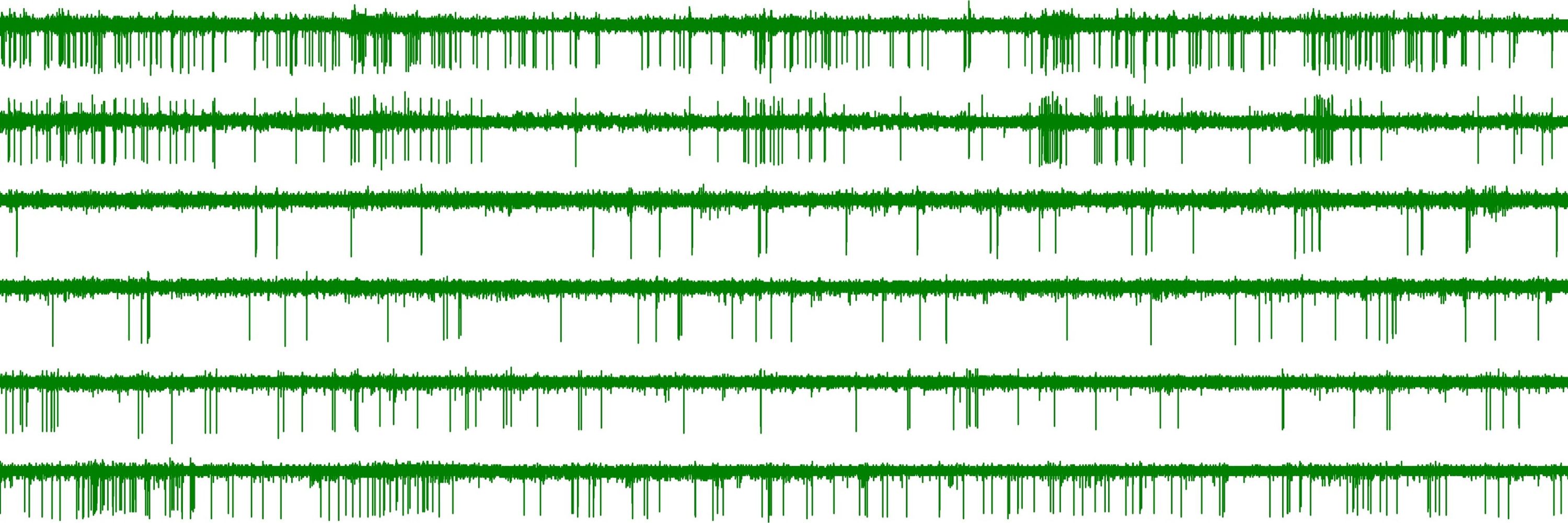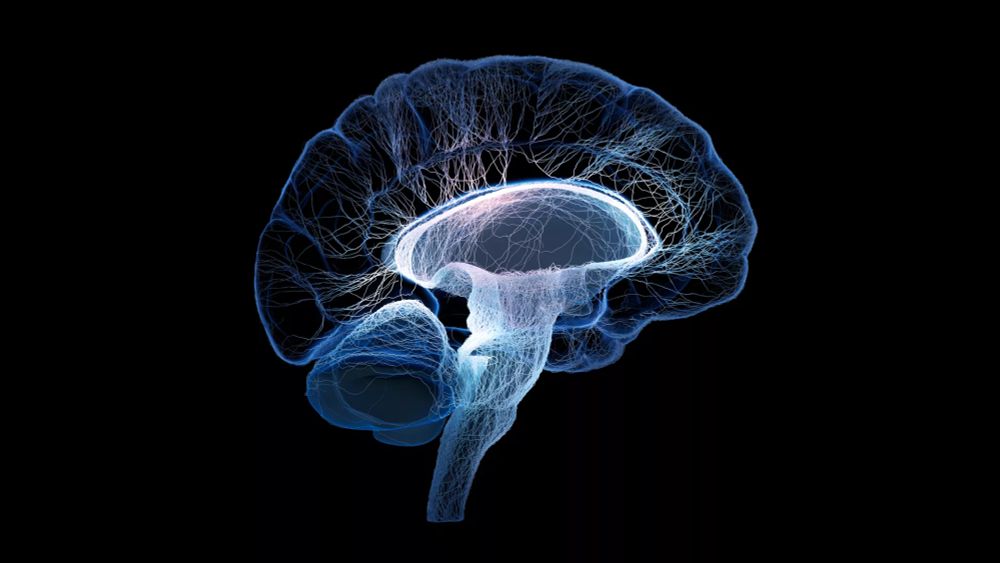
🔬 Associate Professor at Universidad Pablo de Olavide (Seville)
⚡ Exploring tACS, tDCS, neuromodulation
🎸 Guitar & Bass player | 🏃 Runner | 📚 Reader | 🚀 Sci-Fi Enthusiast
🌐 Lab: translationalbrainstim.com
📘 Full article:
👉 doi.org/10.3389/fnin...
#tES #neuroscience #animalmodels #tDCS #tACS #tRNS #neuromodulation #EIbalance #Neurotwin #E-Brain

📘 Full article:
👉 doi.org/10.3389/fnin...
#tES #neuroscience #animalmodels #tDCS #tACS #tRNS #neuromodulation #EIbalance #Neurotwin #E-Brain
✔️ tDCS: polarity-dependent plasticity
✔️ tACS: frequency-specific entrainment
✔️ tRNS: stochastic resonance & GABAergic modulation
✔️ tDCS: polarity-dependent plasticity
✔️ tACS: frequency-specific entrainment
✔️ tRNS: stochastic resonance & GABAergic modulation
📄 doi.org/10.3389/fnin...

📄 doi.org/10.3389/fnin...
📬 Feedback and discussion welcome!
🧵End of thread
📬 Feedback and discussion welcome!
🧵End of thread
👨🔬 Authors: @carlosasleon.bsky.social, Isabel Cordones, Alba Jiménez-Díaz, Guy Cheron, Javier F. Medina & Javier Márquez-Ruiz
📍 Brain Stimulation Translational Lab, @pablodeolavide.upo.es + international collaborators
👨🔬 Authors: @carlosasleon.bsky.social, Isabel Cordones, Alba Jiménez-Díaz, Guy Cheron, Javier F. Medina & Javier Márquez-Ruiz
📍 Brain Stimulation Translational Lab, @pablodeolavide.upo.es + international collaborators
In brief:
⚡️ Cb-tDCS differentially modulates cerebellar and cortical circuits
🌐 Effects extend beyond the stimulated area, highlighting remote network modulation — key for clinical applications
In brief:
⚡️ Cb-tDCS differentially modulates cerebellar and cortical circuits
🌐 Effects extend beyond the stimulated area, highlighting remote network modulation — key for clinical applications
📊 We also analyzed oscillatory dynamics:
Cathodal Cb-tDCS increased low gamma (30–45 Hz) and decreased high-frequency oscillations (255–300 Hz) in S1
No spectral changes in Crus I/II
📊 We also analyzed oscillatory dynamics:
Cathodal Cb-tDCS increased low gamma (30–45 Hz) and decreased high-frequency oscillations (255–300 Hz) in S1
No spectral changes in Crus I/II
What about long-term effects?
🔹 Crus I/II: modulation limited to the stimulation period
🔹 S1: anodal Cb-tDCS induced a sustained increase in excitability and reduced GAD 65–67 immunoreactivity → suggesting decreased inhibition
What about long-term effects?
🔹 Crus I/II: modulation limited to the stimulation period
🔹 S1: anodal Cb-tDCS induced a sustained increase in excitability and reduced GAD 65–67 immunoreactivity → suggesting decreased inhibition
Using sensory-evoked potentials (SEPs), we show polarity-specific modulation:
➕ Anodal Cb-tDCS increases SEP amplitude in Crus I/II but decreases it in S1
➖ Cathodal Cb-tDCS decreases SEP amplitude in Crus I/II but increases it in S1
Using sensory-evoked potentials (SEPs), we show polarity-specific modulation:
➕ Anodal Cb-tDCS increases SEP amplitude in Crus I/II but decreases it in S1
➖ Cathodal Cb-tDCS decreases SEP amplitude in Crus I/II but increases it in S1
🙏 Thanks to our great team at @pablodeolavide.upo.es, UCLA, UPV/EHU, and Baylor
🧠 #Neuroscience #tDCS #Cerebellum #Neuromodulation #eLife #OpenScience

🙏 Thanks to our great team at @pablodeolavide.upo.es, UCLA, UPV/EHU, and Baylor
🧠 #Neuroscience #tDCS #Cerebellum #Neuromodulation #eLife #OpenScience
Let’s bring in high-definition tDCS with field direction control.
Designing protocols that consider neuron alignment could boost reliability and open the door to personalized neuromodulation 🧑⚕️⚡
Let’s bring in high-definition tDCS with field direction control.
Designing protocols that consider neuron alignment could boost reliability and open the door to personalized neuromodulation 🧑⚕️⚡
#Neurostimulation #Neuroscience #Neurodegeneration #BrainOscillations #tACS

#Neurostimulation #Neuroscience #Neurodegeneration #BrainOscillations #tACS

